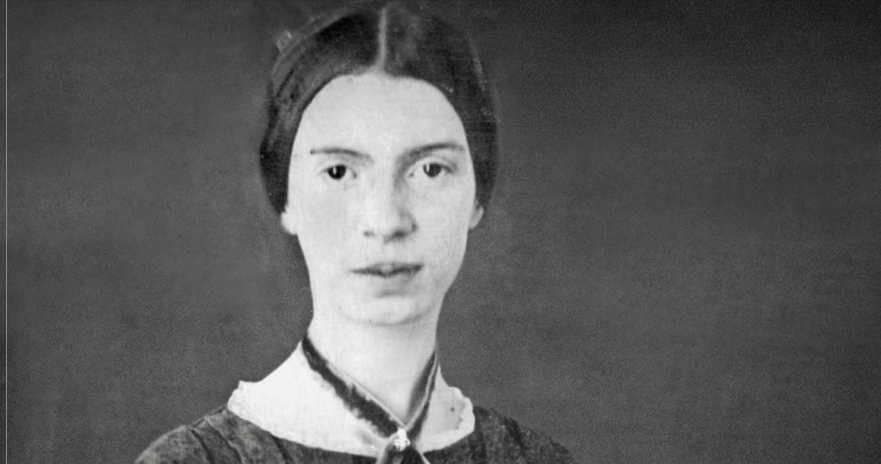The great 19th century American poet Emily Dickinson once wrote that one should
“Tell the truth but tell it slant,” an initially deceiving statement that nonetheless has a crucial resonance in how contemporary society interprets the relationship between fiction and truth. On first glance Dickinson’s words might seem to align with the Fox News/Trumpian logic of “fake news” and “alternative facts,” whereby one can twist the truth according to their own interests, operating under the guise that each individual has their own individualised interpretation of events. Contrary to this however, Dickinson’s sentiment ought to be read in far more radical fashion; highlighting the notion that the undivided and substantial truth is far too traumatic, rupturing and destructive of our fragile human state to speak directly.
What then is the correct method to treat this impasse of the direct truth, or simply, how does one enter truth? Certainly, the aforementioned approach of “alternative facts” takes the insincere position of throwing the concept of truth out altogether, yet a solution to this deadlock is already closely available, in the very form of fiction itself. Curiously, German philosopher Georg Hegel pondered such a problem in the same century as Dickinson’s poem, proposing that truth resides within the very distinction between it and fiction. Elaborating on this in The Phenomenology of Spirit, Hegel supposes that truth and falsehood aren’t as sharply distinguished concepts as they are commonly believed to be. Within such a discussion, the nature of literary fiction provides an invaluable tool for prying into this relation, given that such a rapport is arguably endemic to the form itself. From this standpoint, certain literary movements throughout history can be said to have embraced the approach of effectively telling the truth by passage of fiction.
A shining example of this ethos comes in the form of the Japanese business novel (keizai shōsetsu), a hugely popular genre of fiction literature that as the name suggests focuses on the inner workings of the Japanese business industry. While certainly cultural factors play a part in the genre’s popularity, its resilience also owes in large part to its ability to reveal certain unspeakable truths through its fictional form. Specifically, the background for the hugely popular business novel genre was the consistently censored Japanese media in the 1980s, which prohibited any journalistic takedowns or corruption leaks regarding big business. In this sense to reveal the clandestine or corrupt nature of the large corporations would be to engage with the truth too directly, a prohibited action within the ideological framework of society. Instead, writers of the genre sidestepped this unwritten (but heavily enforced) social code by integrating real life examples of corruption and fraudulent activity within the business world into their fictional works, thereby constructing a truth in the form of a fiction.
In a similar vein, genres that incorporate aspects of magical realism often participate in a kind of ‘creative misremembering,’ allowing for a phantasmatic rewriting of said events in order to impart a more impactful retelling of events. Easily the most popular novel from the Latin American Magical Realism genre is Gabriel García Márquez’s One Hundred Years of Solitude, which performs the gargantuan task of compressing large portions of Columbia’s brutal history – involving military massacres of striking workers, violent urbanisation and imperialism – into the story’s supernatural style. Without ever relying too heavily on realist tropes when engaging with deadly serious events, Marquez expertly ambiguates the line between reality and falsity, moving a step further to lead the reader not to simply find the truth that orients the fictional narrative, but to find the structuring fiction that allows the reader to approach the notion of reality itself.
Returning to Hegel, we can see that the unifying feature of both literary genres considered is the idea of mediation, which proposes that one must move through the a certain symbolic fiction in order to access the truth, aligning with Dickinson’s notion of the impossibility of experiencing the truth too directly. In this sense, the form of fiction is what mediates between the truth and the would-be seeker of truth. In effect, while the current climate of media consumption may allure us towards an incumbent sense-certainty approach to locating the truth, however, through a return to literary fiction as a means of grasping reality, all of a sudden, the truth isn’t so difficult to pin down.
Words by Laurent Shervington

